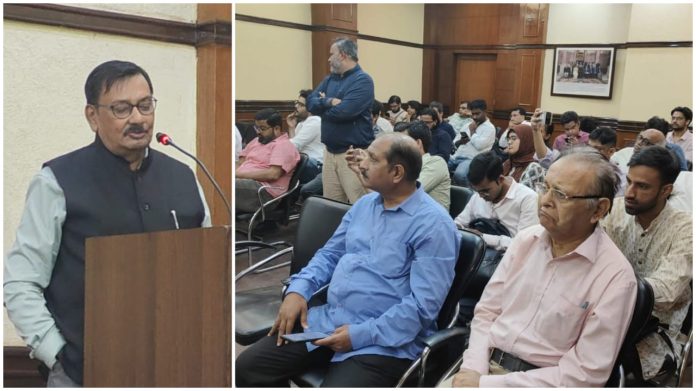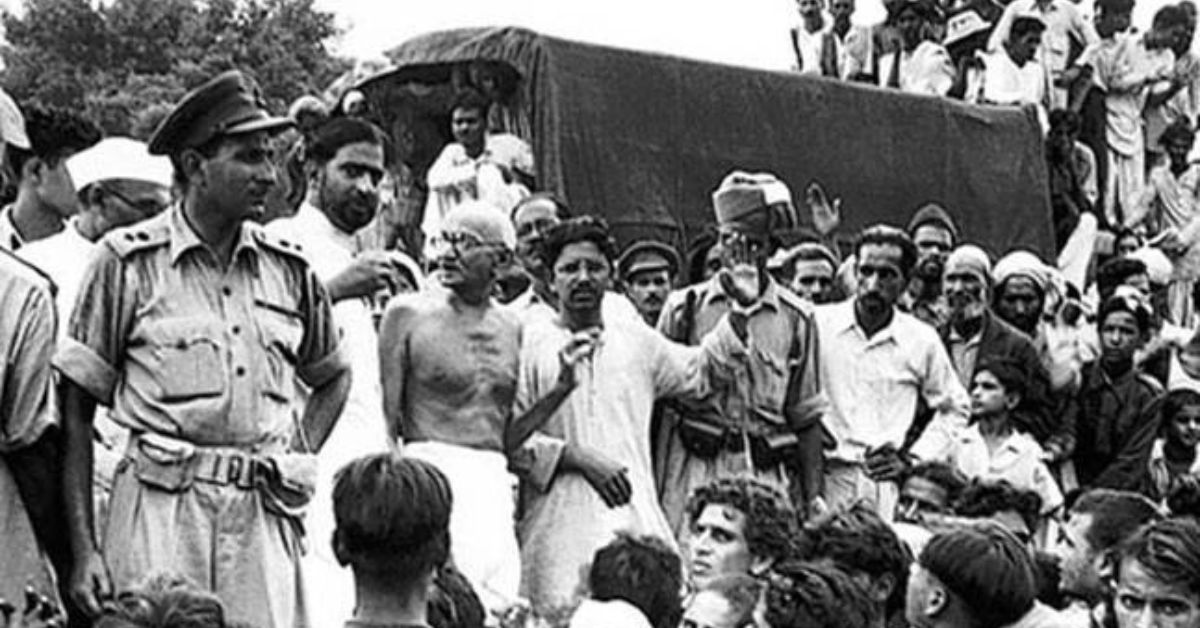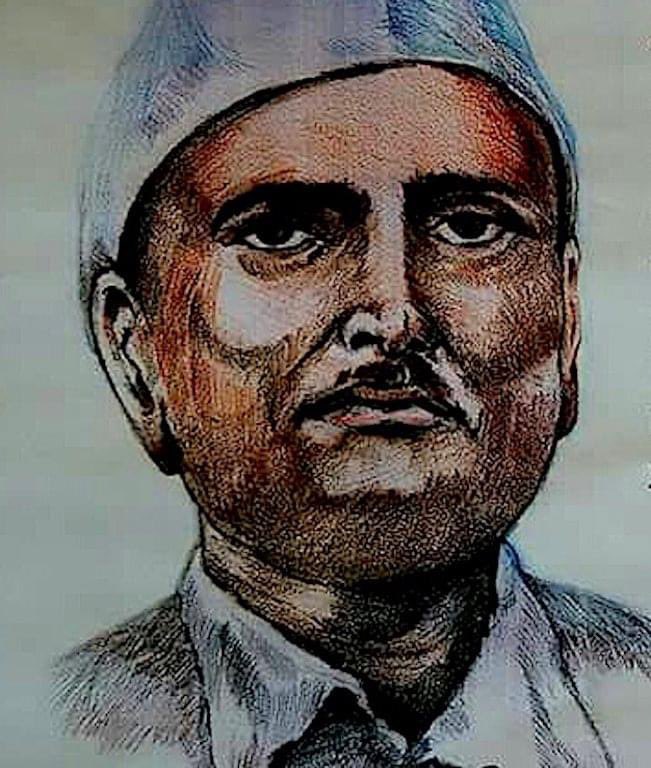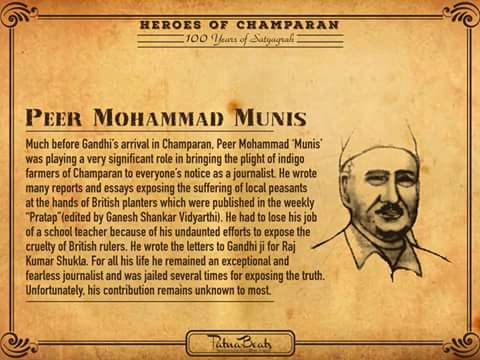NEW DELHI :

PCI President Gautam Lahiri addressing the gathering
In a significant move, the Press Council of India (PCI) has announced the institution of the Molvi Baqar Award to recognize and honour three outstanding journalists from the Urdu, Hindi, and English media every year.
PCI President Gautam Lahiri revealed this during an event commemorating the life and contributions of Molvi Muhammad Baqar, a pioneering figure in Indian journalism and the first journalist to be martyred during the 1857 Indian Rebellion.
“The criteria for this award will be to encourage journalists to follow in the footsteps of Molvi Baqar, who made the ultimate sacrifice while covering the events related to the 1857 ‘Mutiny’ through his newspaper, Delhi Urdu Akhbar,” said Lahiri in his presidential address. He added that PCI would soon finalize the modalities and constitute a jury to select the awardees.
The event, which focused on “The Life and Times of Moulvi Muhammad Baqir ,” highlighted his role as a patriotic journalist who played a key part in preparing the ground for India’s freedom. Historian and author Dr. Swapna Liddle, the Chief Guest at the event, praised Baqar’s commitment to the nation’s cause, despite the controversies surrounding his role.
“Some confusion exists due to the views of his son, Mohammad Hussain Azad, a renowned Urdu literary figure, who appeared to have taken a contrary position to his father. However, this must be understood in the context of the reign of terror during that time,” said Dr. Liddle, clarifying that Azad’s actions were likely influenced by the pressures of British rule.
Shoib Raza Fatmi, Editor of Hamara Samaj, reinforced this perspective by noting that Azad’s name frequently appeared in Delhi Urdu Akhbar as Editor, Printer, and Publisher, indicating his involvement in his father’s journalistic mission despite the difficult circumstances.
The program also featured a panel discussion moderated by Mahtab Alam, where young Urdu journalists discussed the relevance of Molvi Baqar’s journalism in today’s media landscape. Munazah Shah of News 18 pointed out the striking similarities between the challenges faced by Baqar in his time and those confronting the Urdu media today, particularly financial pressures and the need to foster communal harmony.
“The challenges faced by Molvi Baqar and today’s Urdu media are not very different. We should look to him as a role model for overcoming these obstacles,” said Sohail Akhtar Qasmi of Al Jazeera Arabic.
Tasleem Raja, a journalist with Siyasi Taqdeer and Qaumi Awaaz, echoed this sentiment, emphasizing how much contemporary media could learn from Baqar’s work in covering sensitive and complex issues.
A.U. Asif, a senior PCI member who was instrumental in connecting the Urdu media with PCI initiatives, lauded Molvi Baqar’s pioneering work in investigative journalism. “Molvi Baqar was one of the first to practice on-the-spot reporting and investigative journalism between 1837 and 1857 through his newspaper Delhi Urdu Akhbar, a practice that is now common in today’s media,” said Asif. He congratulated the PCI for unveiling Molvi Baqar’s portrait in its central conference hall, a tribute to his lasting legacy.
The event, organized to mark the martyrdom of Molvi Baqar on September 16, was held a day earlier this year due to the coinciding celebration of the Prophet’s birth anniversary. A large number of journalists attended, and the program concluded with a question-and-answer session.
The institution of the Molvi Baqar Award is seen as a step toward encouraging journalists to adhere to principles of courage and integrity in their work, much like the pioneering figure it honors.
source: http://www.muslimmirror.com / Muslim Mirror / Home> Indian Muslim> Media> Positive Story / by Muslim Mirror Desk / September 16th, 2024











